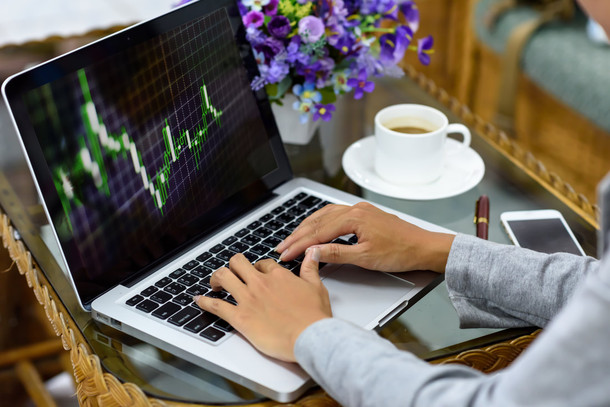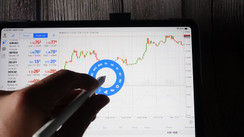In many cases, a strategy that looks more profitable on the surface (has achieved a higher profit over the same time period) can actually turn out to be much worse in the long-term than a more conservative strategy.
For instance, the achieved profit of a given investment system over a certain time period doesn’t give any information about the risks that were involved to achieve that profit.
Hence, to find out more about the profitability of an investment in relation to its risks we need to use something to measure it. And that is where the Sharpe ratio comes in.
What Is The Sharpe Ratio?
The Sharpe's ratio was constructed by Professor William Sharpe, who later won the 1990 Nobel Prize in Economics. It evaluates a risk-adjusted profitability of a given trading or investment strategy by taking into account both the achieved profits and the incurred losses compared to a risk-free investment (such as fixed income).
The Sharpe ratio is one of the basic methods that investors use to also evaluate the risks as well as the returns of a given investment. With this calculated number, we get a risk-adjusted percentage of return, which is much more insightful than just the “face value” return.
So, without any further ado, let’s take a look at how this is done with the Sharpe ratio. First, let’s begin with the formula for calculating the Sharpe ratio:
S(x) = (Rx-Rf) / StdDev(x)
Where:
- x = the specific asset, or investment/trading strategy
- Rx = average rate of return (profit) of x over a given time period
- Rf = the rate of return of a risk-free asset (i.e. Government Bonds such as US Treasuries)
- StdDev (x) = standard deviation of Rx
- Return (Rx)
Profits can be measured on any time horizon, whether daily, weekly, monthly, or yearly. Rx simply represents the achieved profits of the investment over the examined period of time. So, x can be a specific asset (like the S&P 500), or in the case of Forex trading, a specific trading strategy you are considering to use.
- The available risk-free rate of return (Rf)
It is used to see how a risk-free investment compares to the examined trading or investment strategy. To have a successful strategy, you want it to have a better risk-adjusted return than the risk-free investment.
- Standard deviation (StdDev(x))
It is the measurement of risk. The higher the standard deviation, the higher the risks are with that trading strategy. As per the formula above, a higher standard deviation will be reflected in a smaller Sharpe Ratio.
How Can You Apply The Sharpe Ratio In Your Trading?
You can use the Sharpe Ratio to measure how your trading strategies are performing compared to other strategies and other investments. A Sharpe ratio of 1 or higher is usually considered good as it shows that your investments have performed better compared to a risk-free investment.
The higher the Sharpe ratio is, the better the investment/strategy is considered to be. Conversely, the lower the Sharpe Ratio is, the riskier the strategy is likely to be, and consequently probably also the less profitable over the long-term.
A Sharpe ratio below 0 is considered bad because it shows that the specific asset, investment, or trading strategy is performing worse than the risk-free investment. Hence, a Sharpe ratio below 0 means that you are better off investing your money in a risk-free investment such as bonds instead of the examined strategy.





